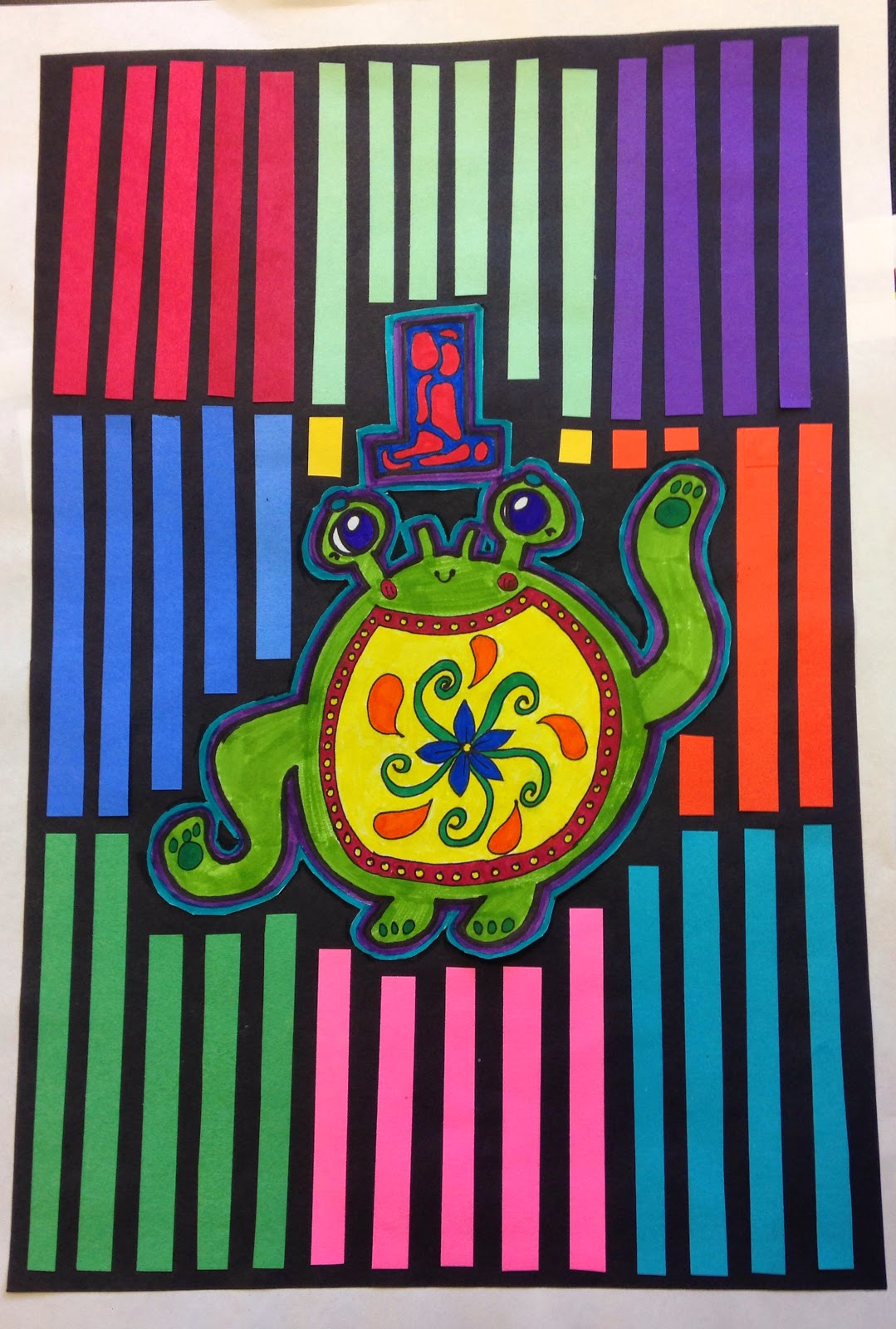I gave the students several "how to draw a dragon" handouts with varying levels of difficulty. Of course, these we just to get them started and I encouraged them to add their own creative details.
Many students were intimidated by this project at the beginning and though drawing a dragon was too difficult. However, once they got started ( with some gentle nudging) they realized that it was not as hard as they thought.
This was our last project before winter break and many of the dragons are incomplete. Hopefully, students will find some motivation to finish them when we get back...
These were drawn with sharpie and colored with watercolor. Chalk Pastel was suggested for the background (this got a little messy!)
























































